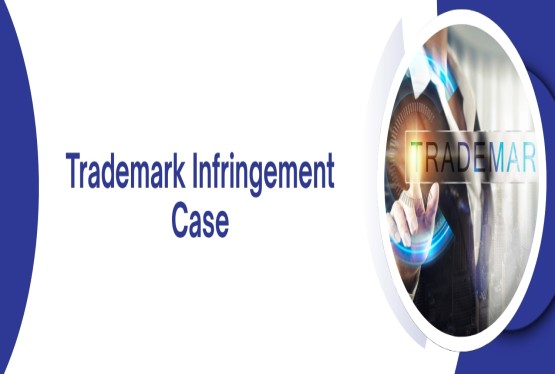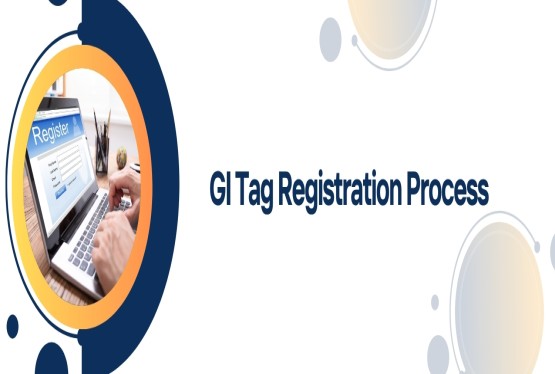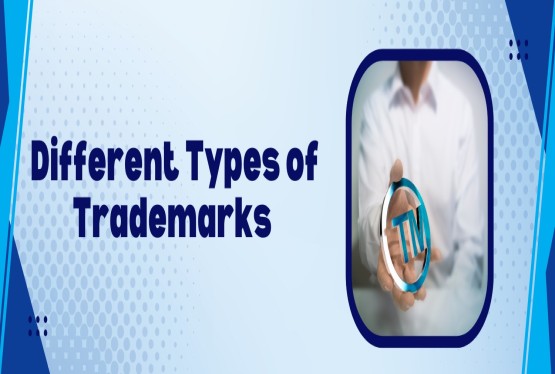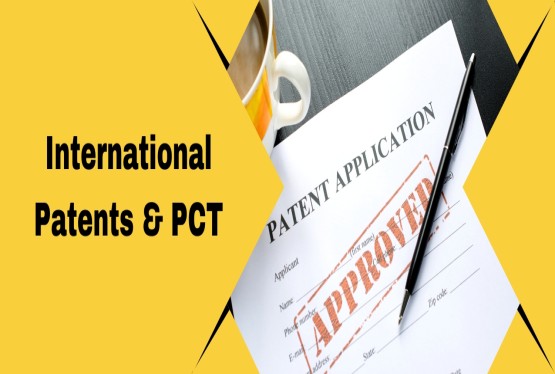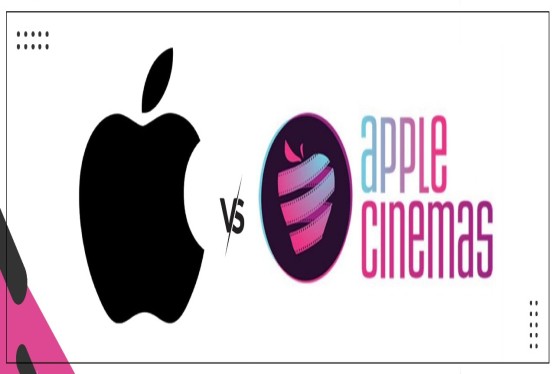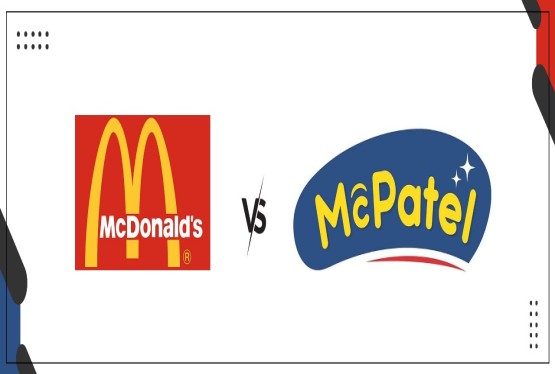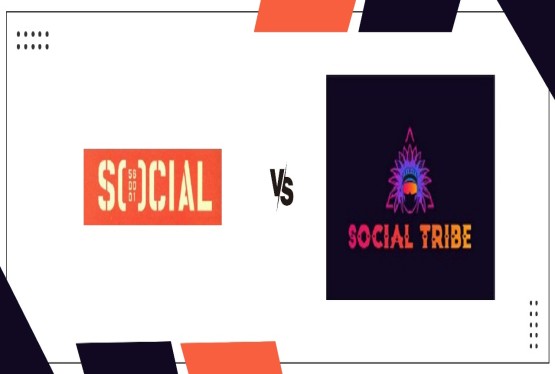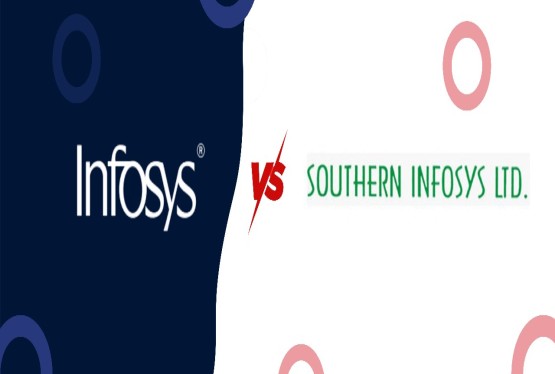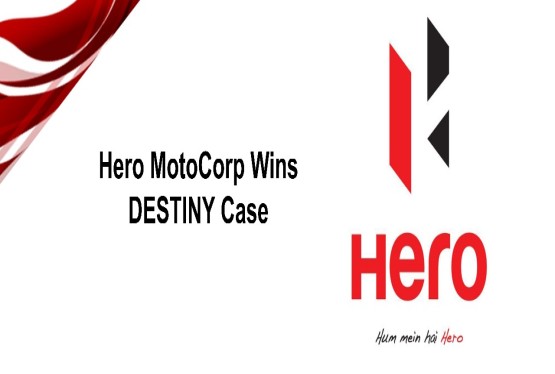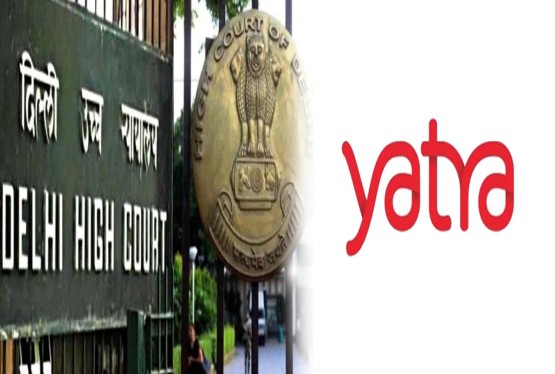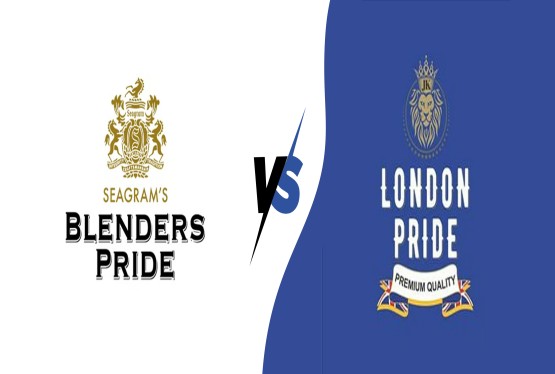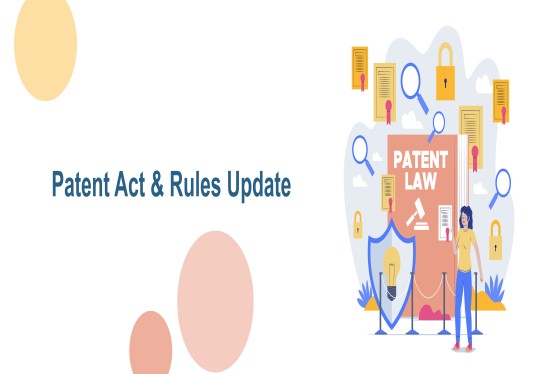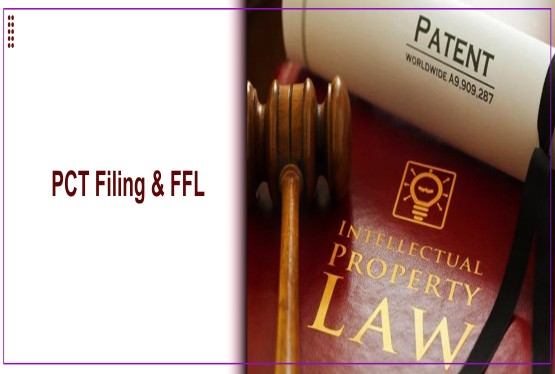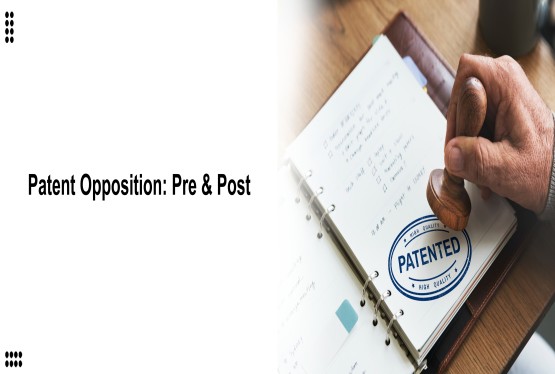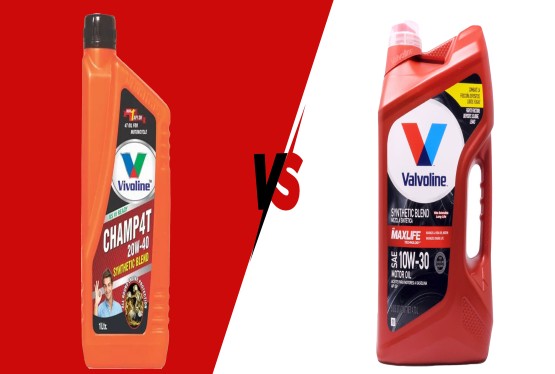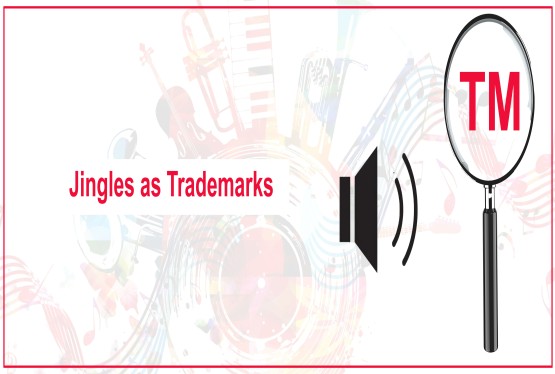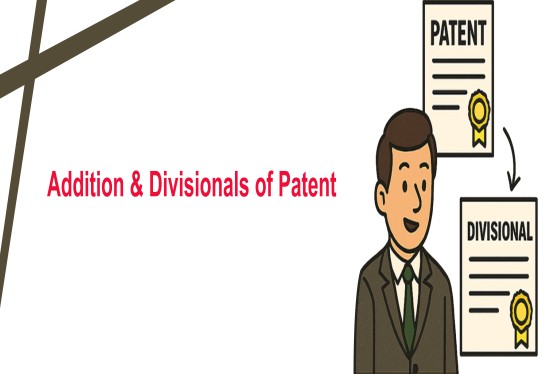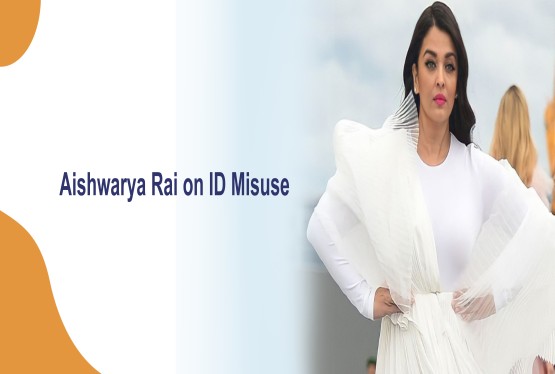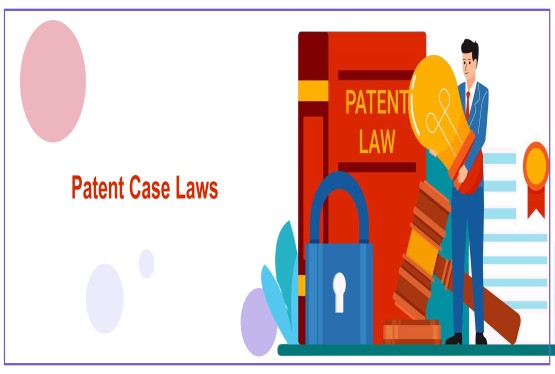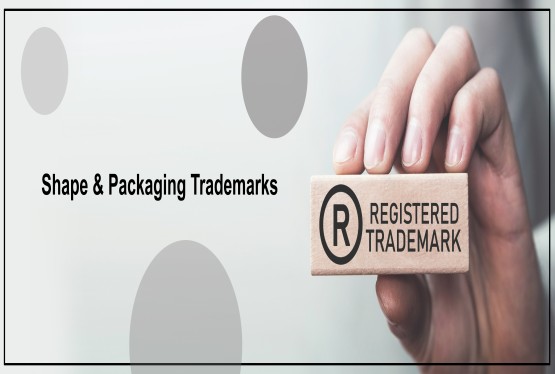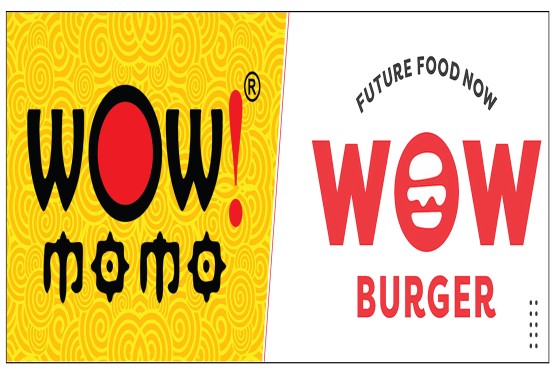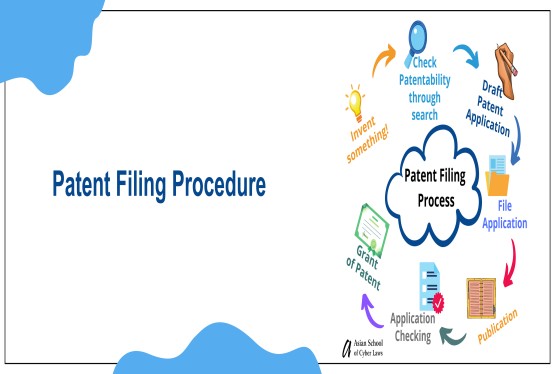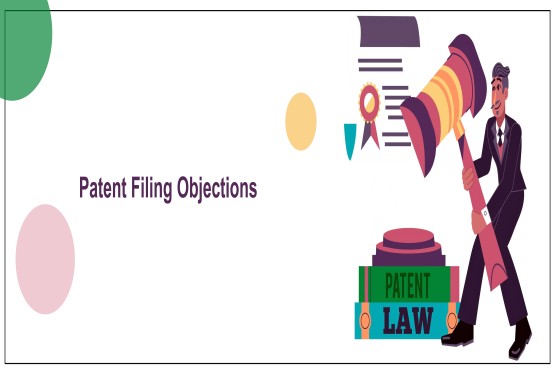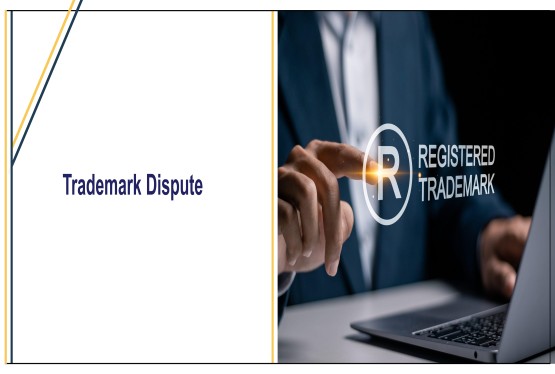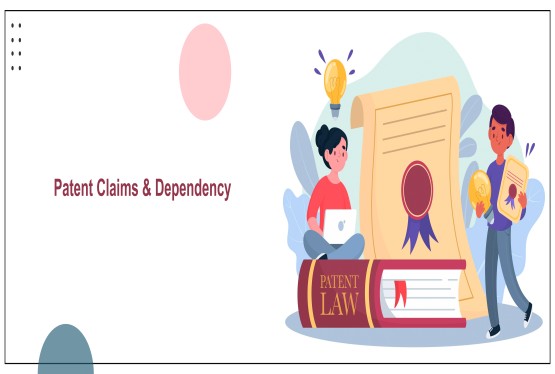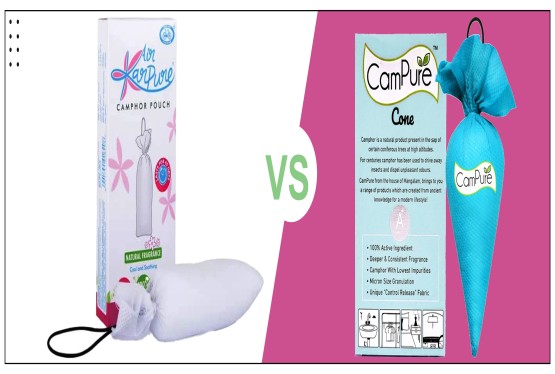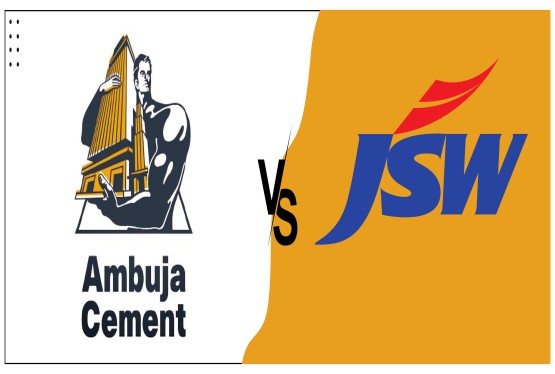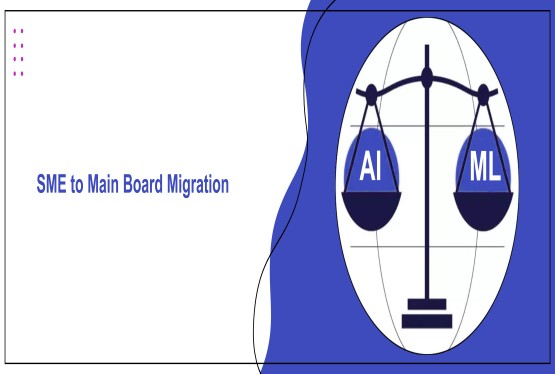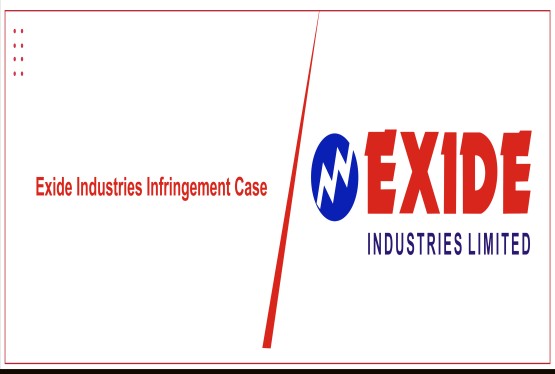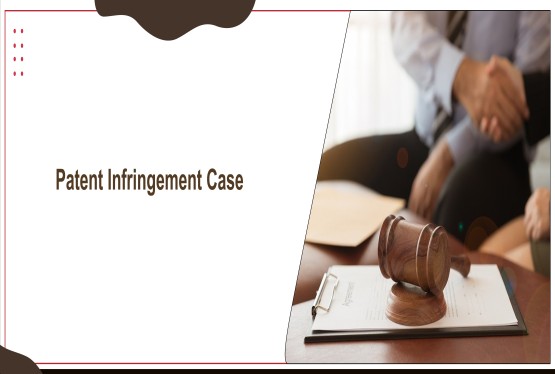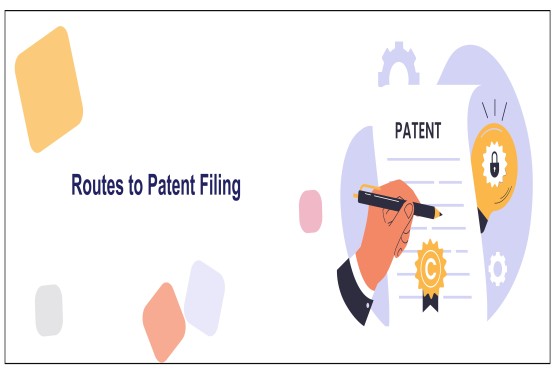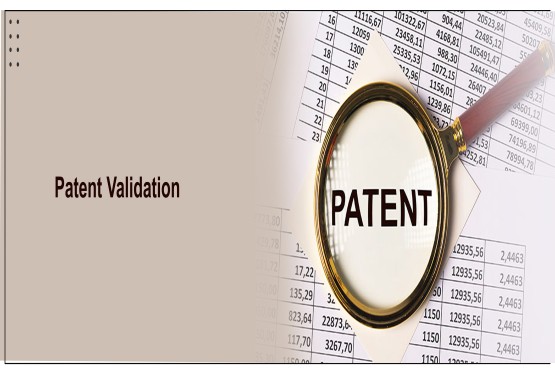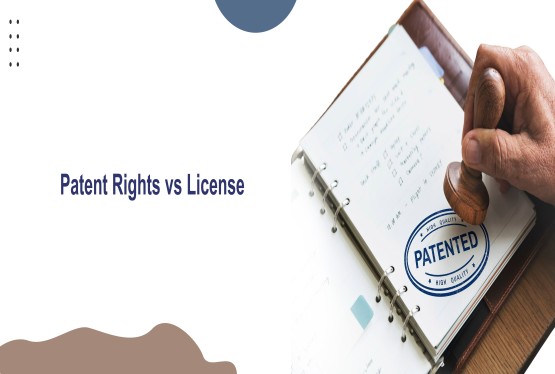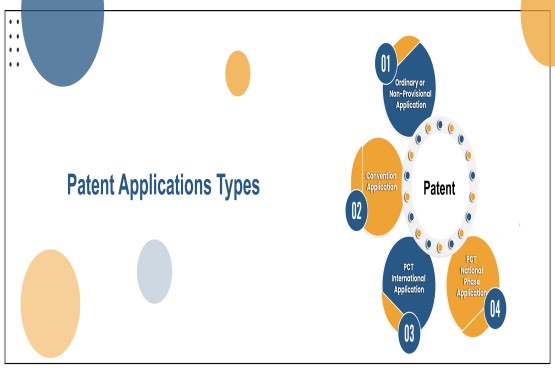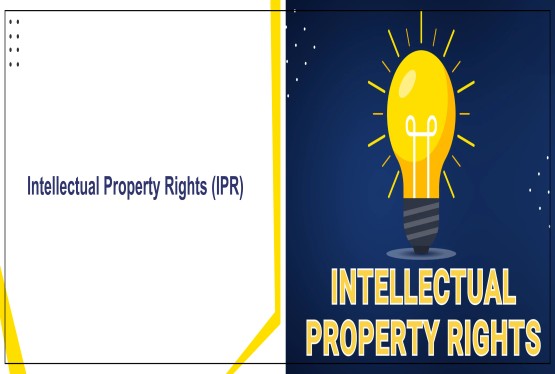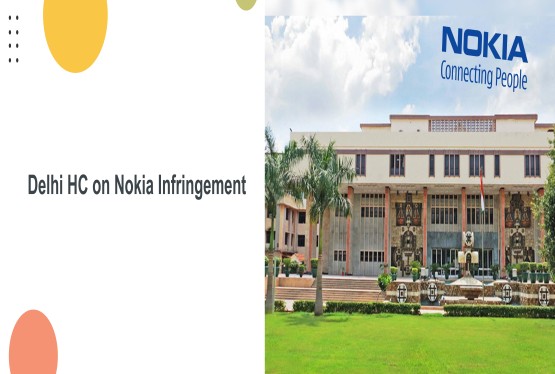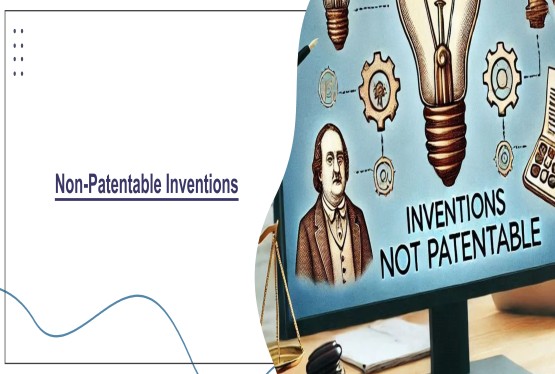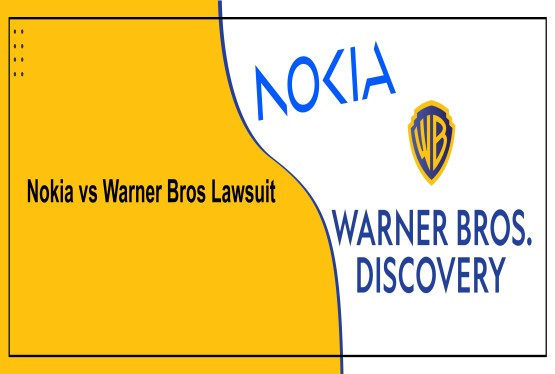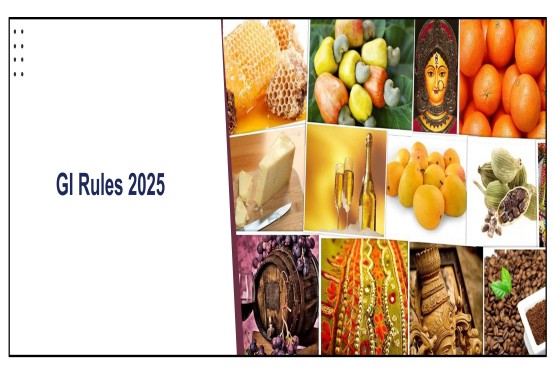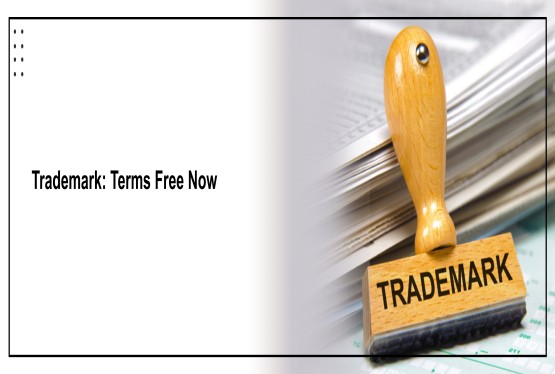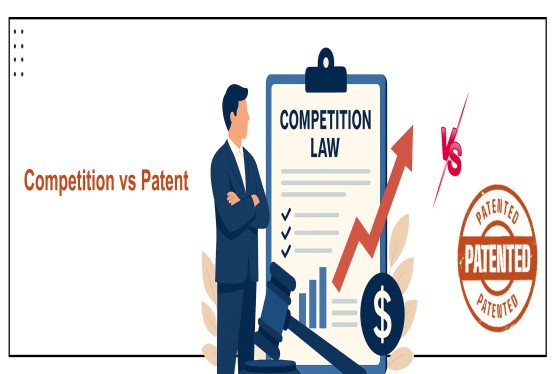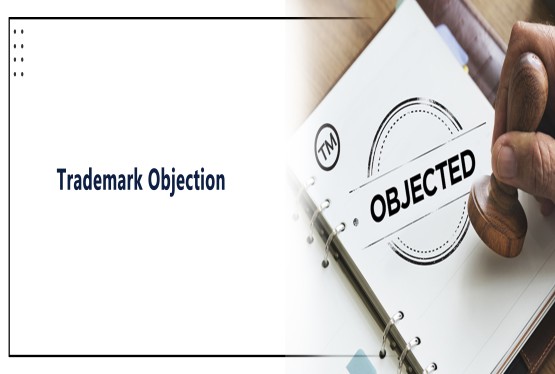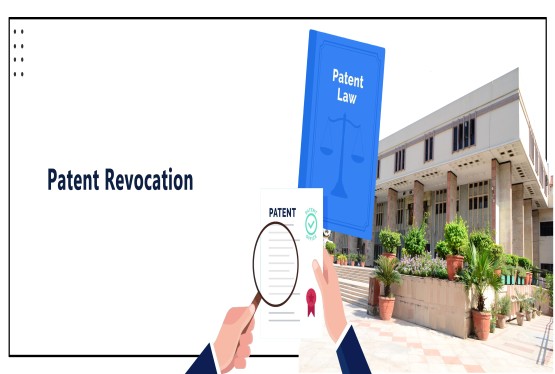When it comes to trademarks, understanding examination reports is crucial. These reports detail whether your trademark application has been accepted or if there are objections. But what happens when your mark is accepted without any objections raised? When your mark is accepted without objections in a trademark examination report, it means your trademark application has passed the initial review by the trademark office. This is great news because it suggests that your mark meets the necessary requirements for registration.
But what exactly does it mean for a mark to be accepted without any trademark objection? And what should you do next? Read this complete article by Compliance Calendar and you everything from trademark examination to trademark registration.
The Role of Examination Reports in Trademark Registration
Trademark examination reports play an important role in the process of registering a trademark. When you apply to register a trademark for your brand or product, the trademark examiner carefully reviews your application to ensure it meets all the legal requirements.
One important aspect of this review is examining the trademark against the criteria laid out in Sections 9 and 11 of trademark law. Section 9 deals with absolute grounds for refusal, which means reasons that are fundamental and apply to all trademarks. These include things like if your trademark is too descriptive of the goods or services it represents, or if it's against public order or morality. Section 11, on the other hand, deals with relative grounds for refusal, which means reasons that relate to other trademarks already registered or pending. This could include if your trademark is too similar to someone else's, which could cause confusion among consumers.
When the trademark office examines your application, they may raise objections if they find any issues with your trademark. These objections could be based on Section 9 or 11, or any other relevant legal provisions. For example, if your trademark is too similar to an existing one, they might object on the grounds of Section 11.
However, it's important to note that not all applications receive objections. In some cases, if your trademark meets all the legal requirements and there are no conflicts with existing trademarks, it may be accepted for registration directly without any objections. This is called direct acceptance.
In summary, examination reports in trademark registration are essential for ensuring that trademarks meet legal standards and do not infringe on existing rights. They help to maintain clarity and fairness in the marketplace by preventing confusion among consumers and protecting the interests of trademark owners.
Accepted Marks: A Closer Look at Non-Objectionable Situations
Direct acceptance occurs when a trademark application meets all legal requirements and doesn't encounter any conflicting issues with existing trademarks. This means that the proposed trademark is distinct, not too similar to others already registered, and doesn't violate any absolute or relative grounds for refusal as mentioned in trademark law.
Here's a closer look at situations where trademarks are commonly accepted without objections:
-
Distinctiveness: If your trademark is inherently unique and doesn't describe the goods or services it represents too directly, it's more likely to be accepted without objections. Creative, fanciful, or arbitrary trademarks tend to fare better in this regard.
-
Lack of Confusion: If your trademark doesn't create confusion among consumers with existing trademarks, it's less likely to face objections. This means that it should not be similar to trademarks already registered or pending, especially in the same or related categories of goods or services.
-
Compliance with Legal Requirements: Ensuring your trademark application adheres to all legal requirements, including proper filing procedures, accurate descriptions of goods or services, and payment of fees, increases the likelihood of direct acceptance.
-
No Opposition: In some cases, even if there are potentially conflicting trademarks, if no opposition is raised by the owners of those trademarks during the publication period, your trademark may be accepted without objections.
It's important to understand that direct acceptance doesn't mean the trademark registry takes the process lightly. They still conduct thorough reviews to ensure the integrity of the trademark registration system. However, in these non-objectionable situations, the process tends to be smoother and quicker for trademark applicants.
Factors Influencing Direct Acceptance in Examination Reports
Direct acceptance of trademarks in examination reports is influenced by various factors that determine whether a trademark application meets all legal requirements and doesn't encounter objections. The important factors as mentioned above are that the trademark is distinct, not too similar to others already registered, and doesn't violate any absolute or relative grounds for refusal as stipulated in trademark law.However, there are certain other factors as well, which trademark applicants need to keep in mind for a smooth trademark registration process.
-
Cultural Relevance and Global Appeal: In today's interconnected world, trademarks with cultural relevance and global appeal often receive direct acceptance. Consider the case of the emoji trademark registration by The Emoji Company. Emojis have become a universal language, transcending linguistic barriers. The trademark for specific emoji designs was directly accepted, showcasing how trademarks reflecting global cultural phenomena can sail through the registration process with ease.
-
Technological Innovation and Market Trends: Trademarks that embody technological innovation or align with current market trends are more likely to be directly accepted. Take the example of Tesla's trademark for "Model S." Tesla's electric vehicles represent a cutting-edge approach to automotive technology, and their trademark for "Model S" was swiftly accepted, reflecting the alignment of the trademark with evolving market trends and consumer preferences.
-
Environmental Sustainability and Ethical Values: In an era where environmental sustainability and ethical values are paramount, trademarks that embody these principles often receive direct acceptance. Consider the trademark for "Fair Trade Certified" products. This certification signifies adherence to fair labor practices and environmental sustainability, and trademarks associated with such certifications are typically accepted without objections, portraying their alignment with societal values.
-
Artistic Expression and Cultural Heritage: Trademarks that encapsulate artistic expression or cultural heritage can garner direct acceptance. For instance, the trademark for the Aboriginal flag in Australia represents a symbol of Indigenous pride and heritage. Despite legal disputes surrounding trademark ownership, the cultural significance of the flag has led to its recognition as a trademark without significant objections, highlighting the importance of respecting cultural identity in trademark registration.
-
Social Impact and Advocacy: Trademarks associated with social impact initiatives or advocacy movements may receive direct acceptance due to their positive societal contributions.
Considering these alternative perspectives highlights the diverse factors that can influence direct acceptance in trademark examination reports.
Clarifying Common Misconceptions about Trademark Examination Reports
Trademark examination reports are often subject to misconceptions that can lead to confusion among applicants. Let's address some of these misconceptions to provide clarity and understanding:
-
All Trademarks Face Objections: One common misconception is that all trademark applications encounter objections during the examination process. While objections are indeed common in many cases, especially when trademarks face conflicts with existing marks or fail to meet legal requirements, there are instances of direct acceptance where trademarks sail through without objections. Direct acceptance occurs when a trademark meets all criteria laid out in trademark law and doesn't raise any concerns regarding similarity or confusion with existing trademarks.
-
Objections Always Lead to Rejection: Another misconception is that receiving objections from the trademark registry inevitably leads to rejection of the application. While objections signal areas of concern that need to be addressed, they do not necessarily result in rejection. In fact, objections serve as opportunities for applicants to provide clarifications, amendments, or evidence to overcome the issues raised by the examiner. With proper responses, objections can be resolved, and the trademark can proceed towards registration.
-
Examination Reports Are Final and Immutable: Some applicants mistakenly believe that examination reports are final and immutable, with no room for negotiation or revision. In reality, examination reports are not set in stone, and applicants have the right to respond to objections, provide arguments, and make amendments to their applications. The examination process involves a dialogue between the applicant and the trademark registry, allowing for adjustments and clarifications to be made based on the feedback provided.
-
No News is Good News: There's a misconception that if applicants don't hear back from the trademark registry promptly after submitting their applications, it means everything is fine and their trademarks will be accepted without issues. However, silence from the trademark registry does not necessarily indicate approval. It's essential for applicants to actively monitor the progress of their applications and respond promptly to any communications or objections raised by the examiner to ensure a smooth registration process.
-
Trademark Registration Guarantees Absolute Protection: Finally, some applicants mistakenly believe that once their trademarks are registered, they enjoy absolute protection and immunity from any challenges or disputes. While trademark registration does confer certain rights and protections, it's not an absolute guarantee against trademark infringement claims or challenges from third parties. Vigilance, monitoring, and enforcement efforts are still necessary to safeguard trademark rights effectively.
How can Compliance Calendar Help?
Looking to secure your brand's identity? Look no further than Compliance Calendar! We're your one-stop solution for all trademark needs. Whether you're seeking to register a new trademark or stuck in a complex trademark procedure, our dedicated team is here to assist you every step of the way.
With Compliance Calendar, you'll not only get expert guidance on registering your trademark but also comprehensive protection throughout the entire process. Our experienced professionals will ensure that your mark is not only registered but also safeguarded against potential infringements at all stages of trademark registration.
Why choose Compliance Calendar? We offer personalized and attentive service, tailored to your specific needs and goals. Our commitment to client satisfaction means you can trust us to handle your trademark matters with efficiency, accuracy, and professionalism.
Ready to take the next step in protecting your brand? Connect with us today at 9988424211 or email us at info@ccoffice.in. Let Compliance Calendar be your trusted partner in trademark registration and protection.
Frequently Asked Questions
Q1. What does it mean when a trademark is accepted without objections?
Ans. When a trademark is accepted without objections in a trademark examination report, it indicates that the trademark application has passed the initial review by the trademark office. This suggests that the mark meets all necessary requirements for registration and does not raise any concerns regarding similarity or confusion with existing trademarks.
Q2. How can I ensure my trademark is accepted without objections?
Ans. To increase the likelihood of direct acceptance without objections, ensure that your trademark is distinct, not too similar to existing marks, and complies with all legal requirements. Conduct a comprehensive trademark search to identify potential conflicts and address them before filing your application.
Q3. What factors influence direct acceptance of trademarks in examination reports?
Ans. Various factors influence direct acceptance, including distinctiveness, lack of confusion with existing trademarks, compliance with legal requirements, cultural relevance, technological innovation, environmental sustainability, and social impact.
Q4. What misconceptions should I be aware of regarding trademark examination reports?
Ans. Common misconceptions include the belief that all trademarks face objections, objections always lead to rejection, examination reports are final and immutable, and no news from the trademark office indicates approval. It's essential to understand that objections are not inevitable, and examination reports can be amended and negotiated.
Q5. How can I deal with objections raised in a trademark examination report?
Ans. If objections are raised in a trademark examination report, it's crucial to respond promptly and address the concerns raised by the trademark office. This may involve providing clarifications, making amendments to the application, or providing evidence to overcome the objections.You can also submit a reply to examination report.
Q6. Can trademarks be accepted without objections even if they are similar to existing marks?
Ans. In some cases, trademarks may be accepted without objections even if they are similar to existing marks, especially if there are no conflicts in the relevant categories of goods or services. However, it's essential to assess the potential for confusion and address any concerns raised by the trademark registry.
Q7. What should I do if my trademark application is accepted without objections?
Ans. If your trademark application is accepted without objections, congratulations! You can proceed further with the trademark registration process. Once registered, your trademark will enjoy legal protection and exclusive rights to use the mark in connection with the specified goods or services.
Q8. How can Compliance Calendar help with trademark registration and protection?
Ans. Compliance Calendar offers comprehensive assistance with trademark registration and protection, providing expert guidance tailored to your specific needs and goals. From registering new trademarks to complex procedures and safeguarding your brand against infringements, Compliance Calendar ensures personalized and attentive service every step of the way.
Q9. What makes Compliance Calendar stand out as a trusted partner in trademark registration?
Ans. Compliance Calendar stands out for its commitment to client satisfaction, offering efficient, accurate, and professional service. With a dedicated team of experienced professionals, Compliance Calendar provides personalized attention to ensure your trademark matters are handled with the utmost care and expertise.






























_(b)_of_the_Trademark_Act,_1999_(1)_crop10_thumb.jpg)



_crop10_thumb.jpg)




























_crop10_thumb.jpg)
_crop10_thumb.jpg)






_crop10_thumb.jpg)








_crop10_thumb.jpg)



_crop10_thumb.jpg)




























_crop10_thumb.jpg)

















_crop10_thumb.jpg)






_crop10_thumb.jpg)












































































































































_crop10_thumb.jpg)




































_crop10_thumb.jpg)












_crop10_thumb.jpg)













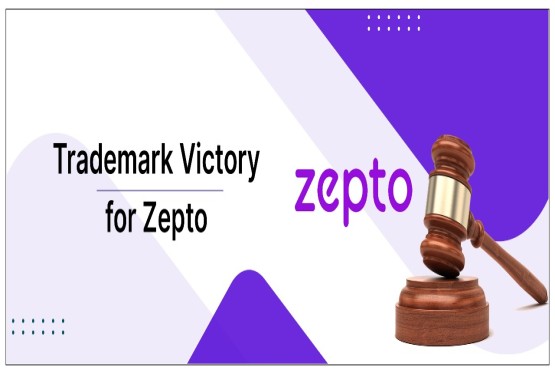




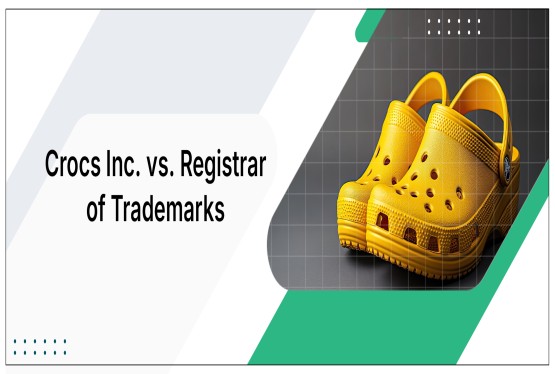















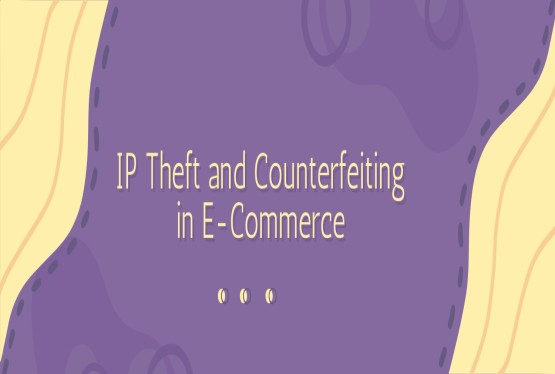












_crop10_thumb.jpg)






